BACKGROUND
Many of us have no idea how hospitals efficiently transport paperwork, specimen samples, or medications throughout the hospital to nursing stations, labs, or hospital pharmacies. Seitz LLC does. Seitz also knows how abusive the journey can be for a transport carrier traveling 17 mph down a maze of curved pipe subjected to high G-forces and abrupt arrival stops.
SEITZ LLC THE SOLUTION PROVIDER
At Seitz our BS and MS mechanical engineers were able to interview the customer and apply their knowledge of the design process, physics, and material science (in this case thermoplastics) to develop a transport vessel that will be reliable and survive the abusive environment time after time. Work (measured in joules) and energy methods combined with dynamic computer simulation were used to calculate static equivalent impact forces and G-forces on the transport carrier. These environmental conditions were used as inputs into Finite Element Analysis (FEA) to optimize material selection, body geometry, hinge, and latch designs to withstand the abusive environment. Seitz LLC mechanical engineers then validated their analytical predictions by designing, building, and conducting tests to validate the solution prior to the expense of injection molding tooling.
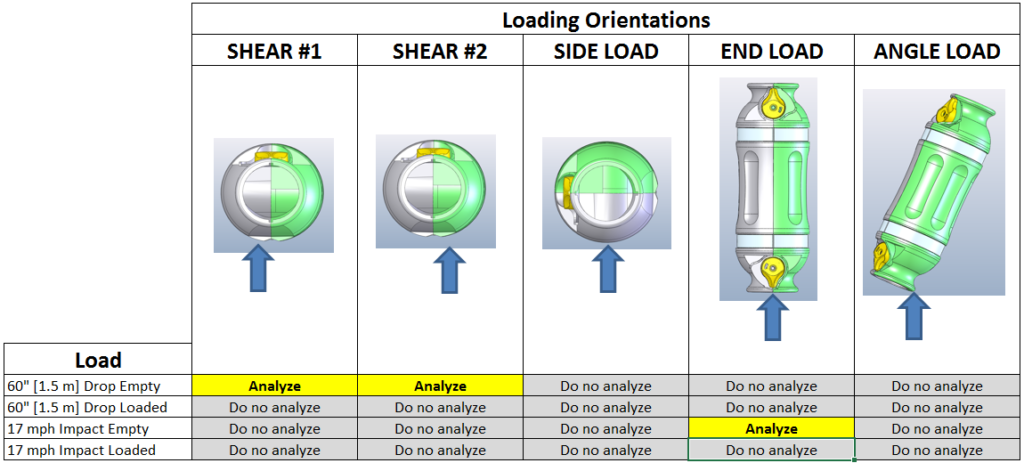
All loading environments were converted to free body diagrams for dynamic and static computer simulation.

Work and energy principles were used to calculate impact forces due to abrupt carrier arrivals.

Load magnitude and directions were input into Finite Element Analysis (FEA) to determine if fatigue or ultimate failure would occur over the expected life for latches, hinges, and the body of the carrier.
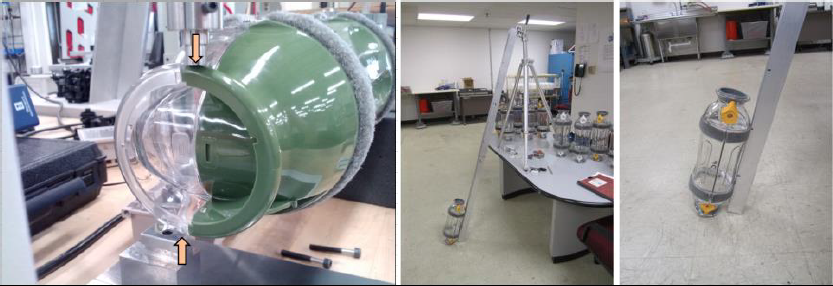
Empirical lab testing was performed to validate the analytical modeling.
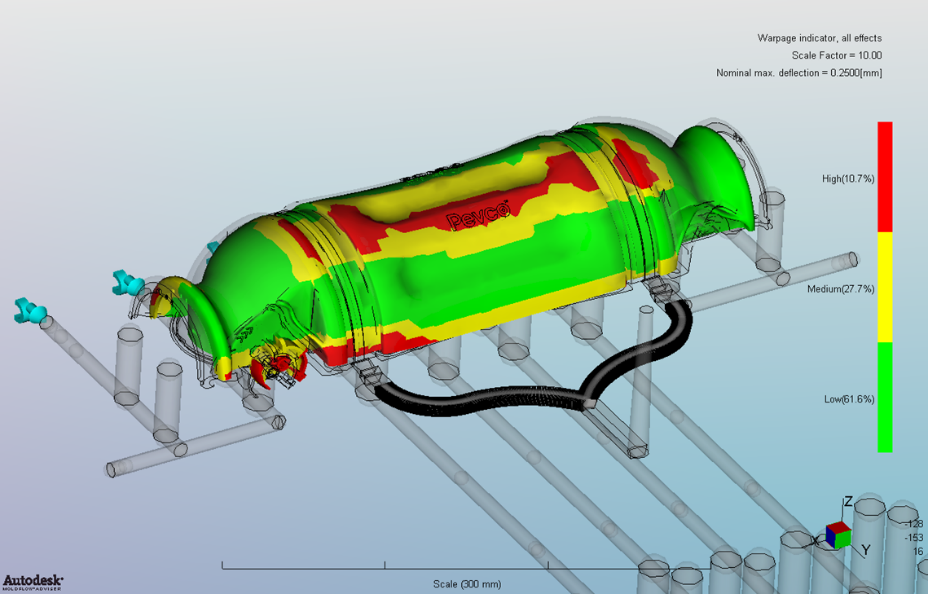
MoldFlow, a computational fluid dynamics simulation, was used to optimize part and tool design.
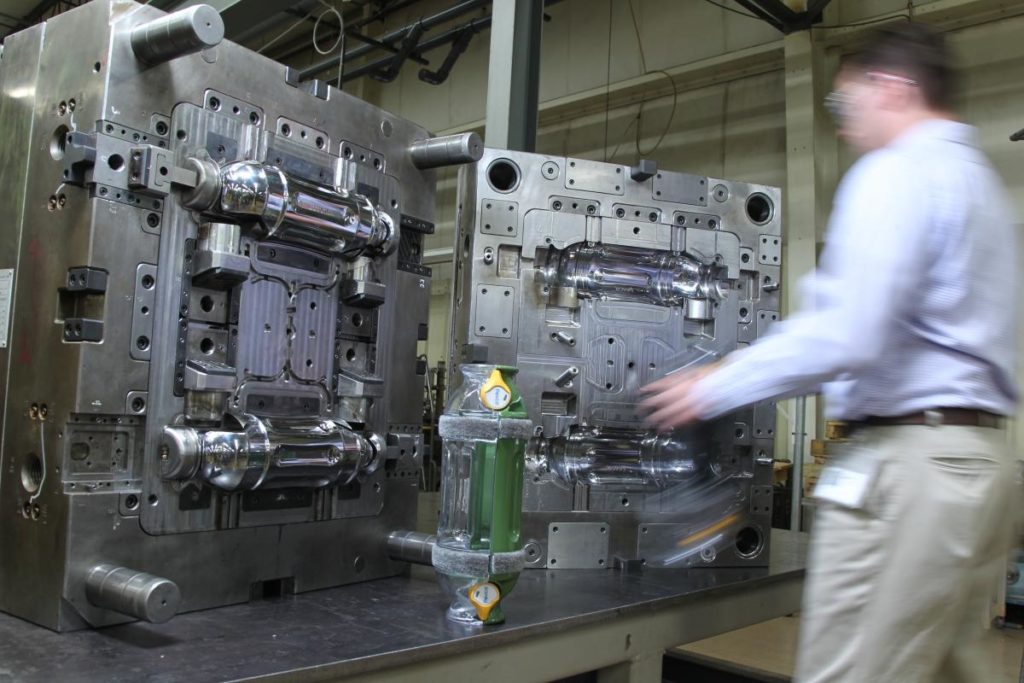
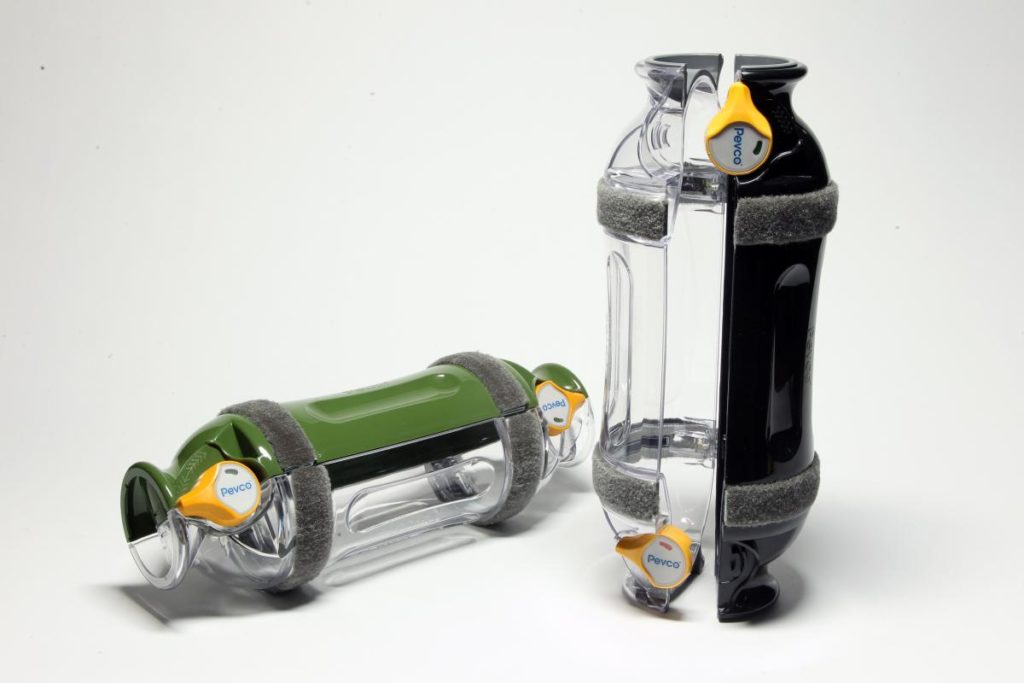
The finished product provides our customer with a transport carrier they can be sure is more than up to the demands of constant long-term use. We designed the tooling for this transport and had it built by our facility in ChangZhou, China. The carriers are produced in our Torrington, Connecticut facility on our 385 ton press.

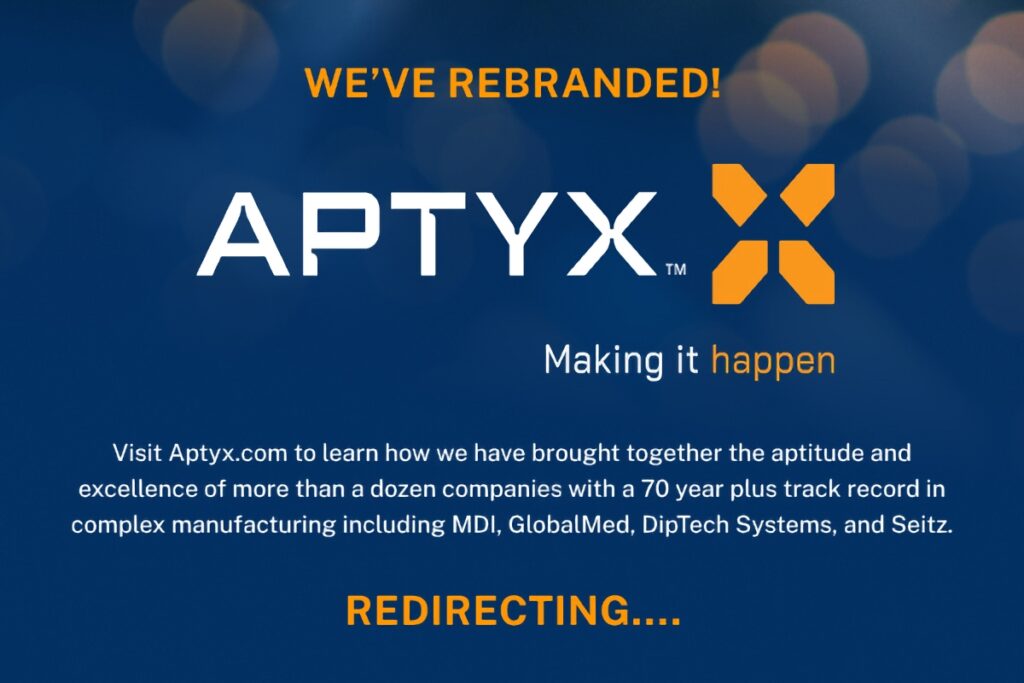
Recent Comments